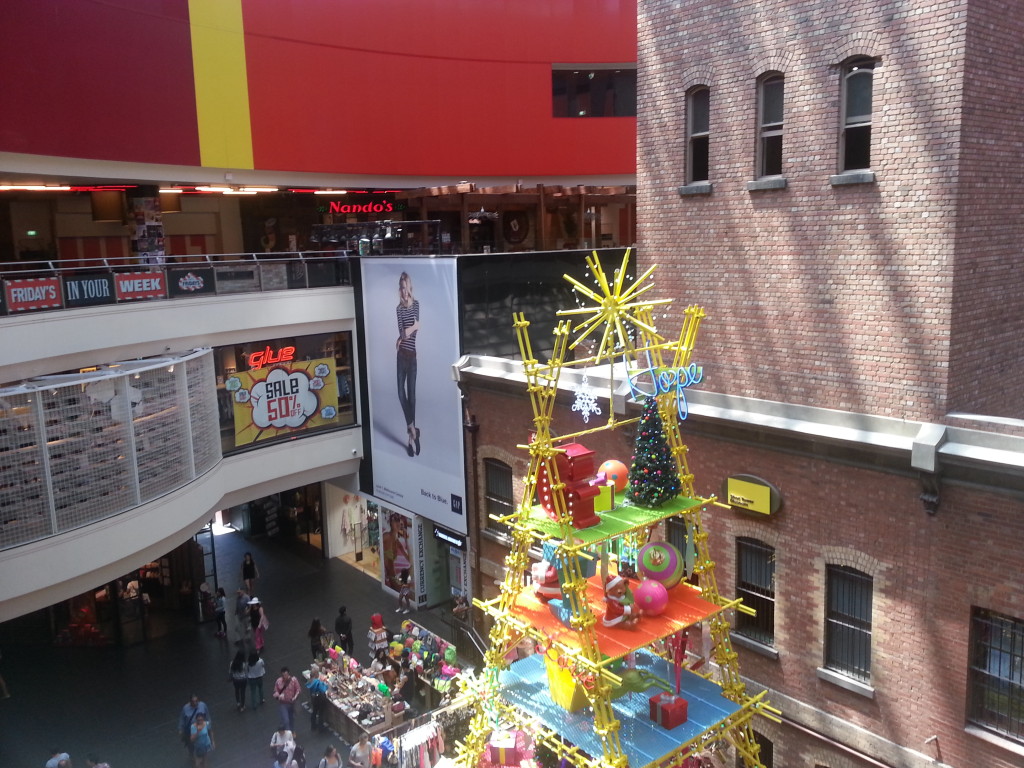If there’s one theme this week, it’s innovation –Â MacGyver-style “doing more with less” (lamps made from a bottle of water); amusing gimmickry (giant soft toys + cafe = win); and the biases that, depressingly, extend to funding innovation. Read on:
- Venture capital investors prefer funding men over women, and handsome men over ugly ones.
- Rich Americans (according to pollsters) prefer investing in stocks and real estate; poor Americans prefer gold. What does that say?
- Cheap, simple bottle lights for illuminating buildings during the day.
- On a lighter note, here is a look at windscreen stickers as the new family portraits.
- A Dutch online fashion retailer gives customers 15 minutes to try on clothes, and if the clothes don’t fit, the customers can return them to the courier who dropped them off.
- This Japanese cafe seats solo patrons with cute stuffed animals.
- And speaking of cute stuffed animals, Hello Kitty promotions have an interesting history in Singapore.
- How to brew tea inside a tank.




